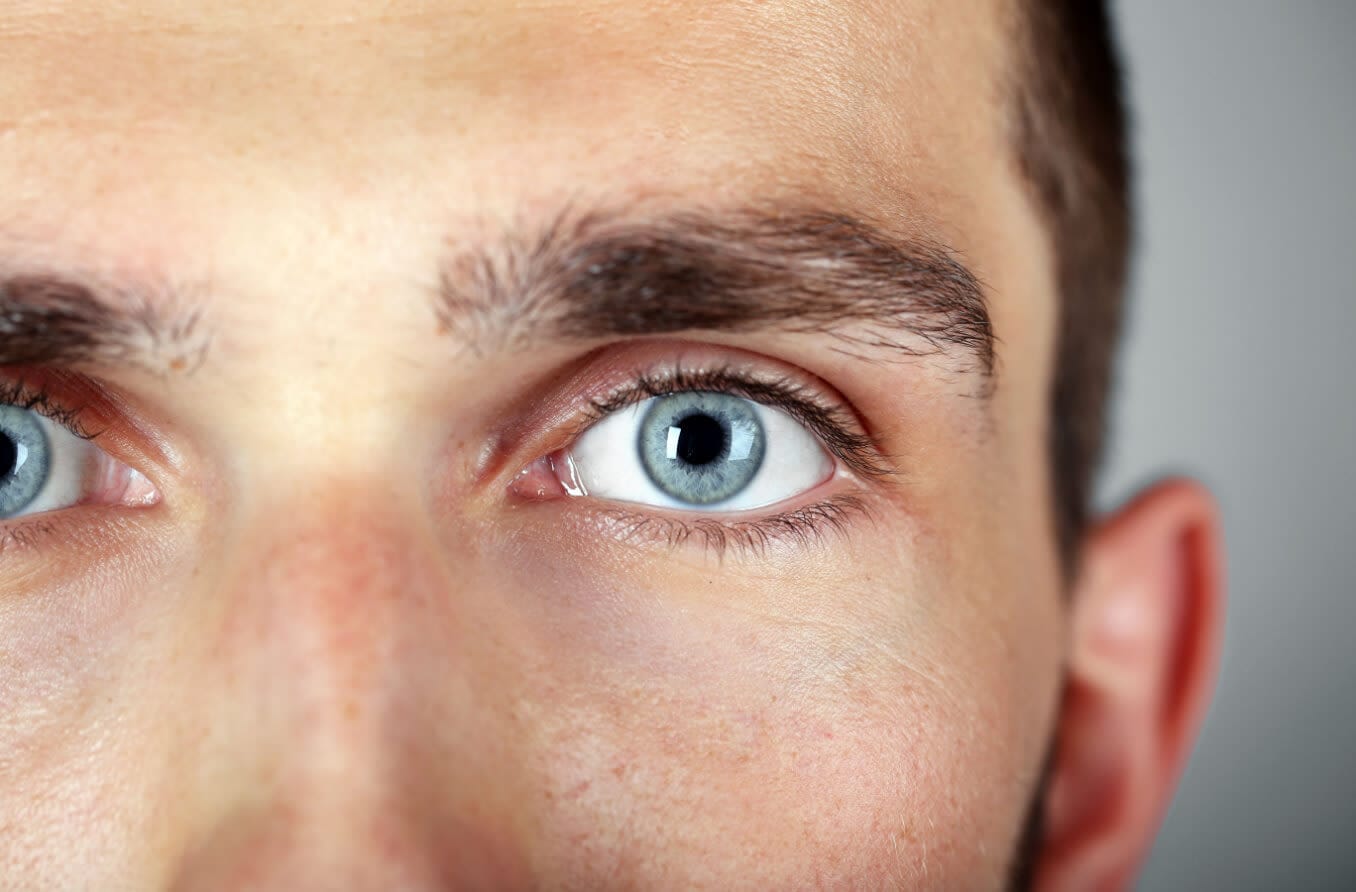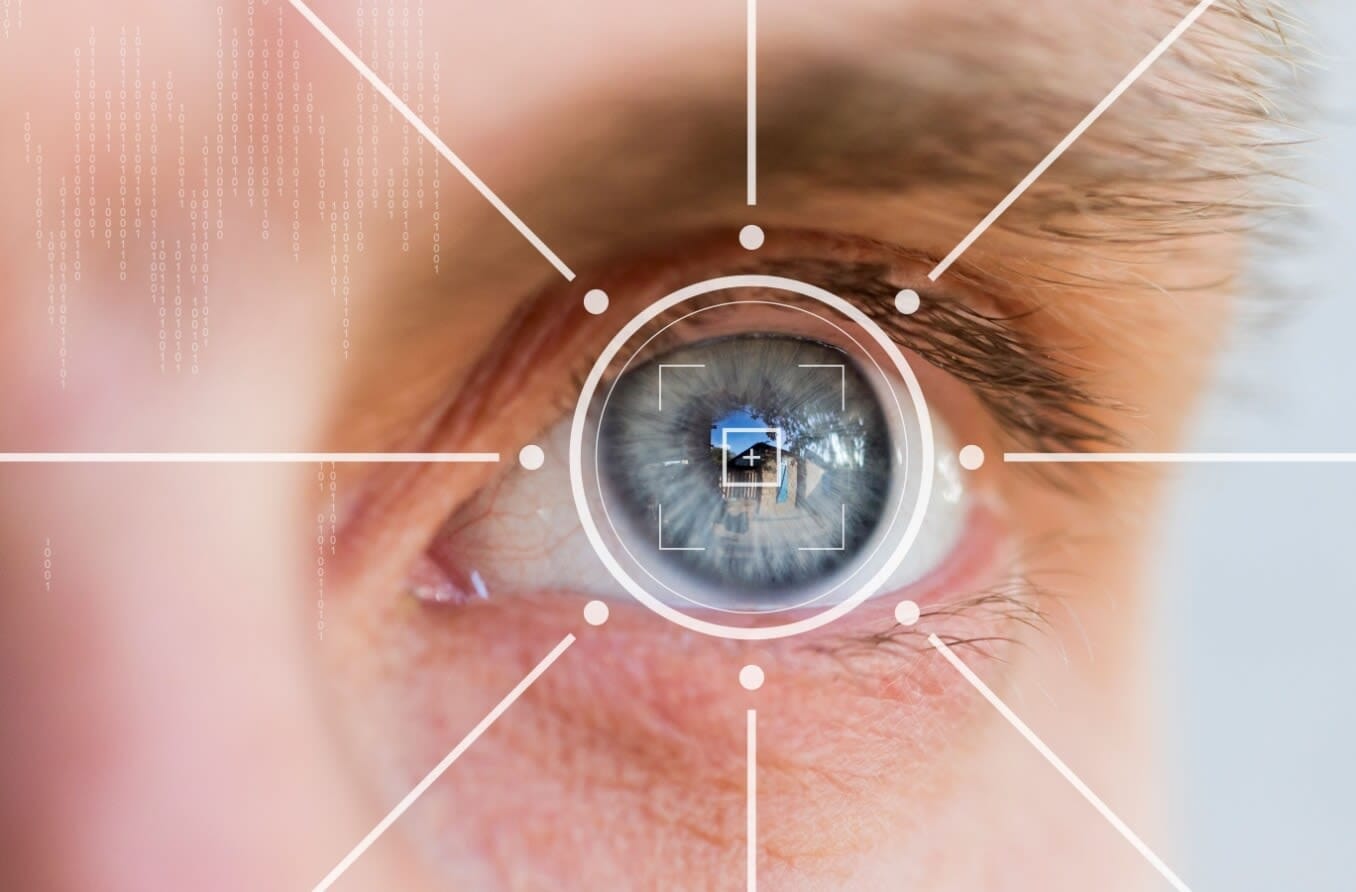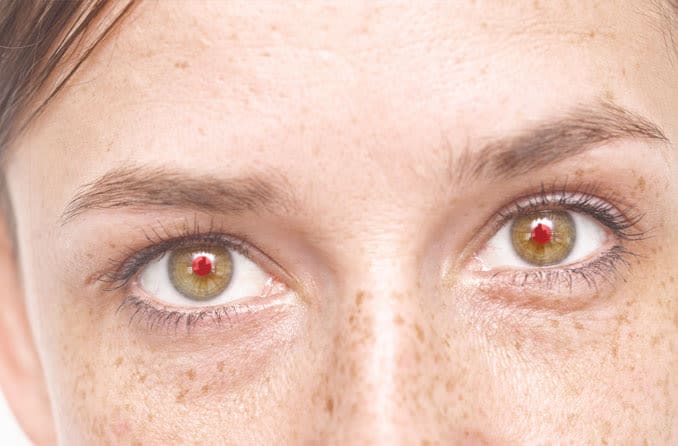What defines a psychopath?
Psychopathy is a mental disorder that affects both neurologic and psychiatric factors in a person. A psychopath is a person who experiences psychopathy and acts on their desires.
Note: Not all serial killers are psychopaths. Not all psychopaths are serial killers. Many psychopaths gravitate to careers in law, journalism, media and more.
In 1980, Canadian psychologist Robert Hare developed the Hare Psychopathy Checklist (PCL) . Hare’s checklist became popular for use in criminal psychology. It has since been used as reference in clinical settings. And it has been updated as the Psychopathy Checklist — Revised (PCL-R) . The revised checklist is used for research purposes in psychopathy.
Both checklists include scales for items such as antisocial behavior and emotional detachment. The checklists also include roughly 20 specific traits. These traits are reviewed to determine if psychopathy is present in an individual. Some of these characteristics include:
Lack of empathy and sincerity
Behavior problems that occur early in life
Superficial charm
Lack of impulse control
Lack of emotional depth
No realistic or long-term plans in life
The tendency to tell pathological lies
Feeling bored, frustrated or angry easily
Egocentricity
Parasitic lifestyle
Failure to accept the consequences of his or her own actions
If a person is evaluated and found to have several traits from the PCL or PCL-R criteria, they may be deemed a psychopath. And often, having several traits can lead to crime and other types of deviant behavior.
Additionally, some research suggests that psychopaths can experience and display certain eye behaviors.
SEE RELATED : How depression affects vision
Eye behaviors of psychopaths
Eye behaviors include blinking frequency, eye rolling and more. Psychologists and communication experts have studied these behaviors and what messages they send.
For example, in many cultures eye rolling communicates contempt or disrespect. And maintaining eye contact during conversation means you’re listening and invested in what the other person is saying.
This same research has been done to analyze the eye behavior of psychopaths. After all, psychopathic brains don’t function the same as non-psychopathic brains. And the brain is closely connected to the eyes. So, wouldn’t eye behaviors also be different?
Research suggests that they are. Various studies analyzing eye behaviors found differences between psychopaths and non-psychopaths. Especially in pupillary function and eye contact.
Pupillary function
One of the functions of the pupils is to constrict in bright conditions and dilate in dim conditions. This function helps balance the amount of light entering the eye and produce the clearest image.
But pupils dilate and constrict during certain brain functions as well. Pupil dilation is linked to increased mental effort. Increased mental effort may mean something like memorizing new information. During this time, your pupils are dilated.
Pupil dilation also occurs when there’s activity in the part of our brain that helps us feel emotion. This may occur while we’re experiencing our own emotions as well as when we’re empathizing with someone else’s.
One study had participants listen to emotionally neutral sounds, like office noise. The participants then listened to emotionally charged sounds. The sounds portrayed positive emotions (laughter) and negative emotions (crying baby). Participants had their pupil sizes monitored for the duration of the experiment.
Results showed that participants’ pupil size was significantly larger during the emotional sounds. This supports the idea that our pupillary function is linked to our emotions.
Studies on pupillary response in psychopaths
One of the key traits of psychopathy is a lack of emotion, or callousness. So, it makes sense that emotional pupillary response looks different in a psychopath.
Researchers at Cardiff and Swansea University tested this theory. They measured the pupillary responses of psychopathic and non-psychopathic offenders.
All offenders were shown disturbing images, like threatening dogs or mutilated bodies. Following this, they were shown positive images, such as puppies or people laughing.
Non-psychopathic offenders showed pupillary response to both positive and negative stimuli. This indicated activity in the emotional region of the brain.
Psychopathic offenders had no pupillary response to negative stimuli. Interestingly, they did show pupillary response when exposed to positive images. This suggests that psychopaths may not have an overall immunity to emotion. Rather, they have a specific insensitivity to disturbing stimuli.
SEE RELATED: Unequal pupil sizes (anisocoria)
Eye contact
Eye contact is a key part of communication — while both sending and receiving messages. Research shows that making eye contact lights up different parts of the brain than when fixating on other areas of the face. One study found that making in-person eye contact creates skin conductance. This means eye contact actually electrifies your skin.
It’s also used to guide the flow of a conversation. Eye contact during conversation communicates attention and interest from the listener. The speaker also uses eye contact to keep the listener engaged.
When the speaker is finished talking and ready for the listener to respond, there is typically a break in eye contact. This communicates a shift in conversation. The unconscious dance of eye contact in conversation is vital to sending and receiving messages.
Eye contact practices in psychopaths
Compared to non-psychopaths, studies suggest that psychopaths make significantly less eye contact. This applies to both eye contact frequency and duration.
Eye contact avoidance doesn’t only occur while listening during in-person interaction. Studies confirm that psychopathic in-person eye contact is just as minimal while speaking . Psychopaths also steer clear of the eyes when viewing images of human faces.
A study examining this had offenders, both psychopaths and non, look at images of different human faces. They were asked to categorize the gender or emotional expression of the faces. Researchers recorded the offenders' eye movements during the study.
Results found that psychopathic participants paid little attention to the eyes of the faces. Avoidance was consistent across all images, regardless of the face’s emotional state.
More research is needed to understand why psychopaths avoid eye contact. It’s suggested that it’s due to a distinct feature of psychopathy. Namely, psychopaths experience reduced motivation or capacity to develop authentic social relationships.
Can you spot a psychopath by just their eyes?
Facial expressions and eye behavior can be very subjective. So spotting a psychopath by just their eyes, in a typical social environment, is unlikely.
Studies like the one referenced above support the idea that minimal eye contact is common in psychopaths. There are also reasons a person may avoid eye contact that have nothing to do with psychopathy.
For example, people who are on the autism spectrum may find it difficult to make or hold eye contact. This is because the part of the brain that processes emotions becomes overstimulated.
Someone who experiences post-traumatic stress disorder (PTSD) may also avoid eye contact. One study examined women who had PTSD caused by childhood trauma. The women made eye contact less frequently because their PTSD registered it as a threat.
Social anxiety disorder (SAD) also affects a person’s ability to make and maintain eye contact. A few reasons someone with SAD may avoid eye contact include:
Eye contact makes them feel vulnerable to criticism.
They feel uncomfortable being the focus of another person’s attention.
They find it difficult to focus when holding eye contact during conversation.
In summary, the study supported the idea that a lack of eye contact may be a predictor of psychopathy in a person. But, avoiding eye contact can also reflect other social and mental factors.
SEE RELATED: Eye contact for child development
Do serial killers’ eyes really “turn black?”
Again, not all serial killers are psychopaths, and not all psychopaths are serial killers . But in some cases, such as Ted Bundy, psychopathy has been clinically diagnosed. Dr. Hervey Cleckley, the “father of psychopathy,” determined Bundy to be a psychopath. His conclusion came after evaluating Bundy while he was on trial for murders that took place in Florida.
Stephen Michaud conducted more than 150 hours of interviews with Bundy. He recalls the way Bundy’s eyes would appear to change color during conversations. As Bundy would open up about his wicked actions, Michaud said his eyes would grow darker and darker.
It’s likely that Bundy’s darkened eyes appeared so due to his pupils dilating. This could have happened upon arousal when he was discussing his heinous acts. Further research is needed to determine the biological connection between dilated pupils and alleged arousal in psychopaths.
Psychopath eyes: Hollywood’s portrayal vs. reality
The best horror and thriller films often portray villains with frightening eyes. It’s a character choice by design. But is Hollywood’s portrayal of “psychopath eyes'' accurate, or merely a stereotype?
When you think of The Silence of the Lambs ’ Hannibal Lecter, you may picture a vacant, yet menacing stare. Experts agree that Lecter does exhibit characteristics of a psychopath.
Lecter also had an arguable fondness for character Clarice Starling. This negates traditional psychopathic traits. Lecter is often described as a psychopath, but it’s important to acknowledge that he could have some non-psychopathic qualities (dare we say, a “soft-spot” for Clarice?).
According to an academic study , many modern cinematic psychopaths are now designed to feel “more human.” But this is not common among legitimate psychopaths. Keep in mind that characters like Hannibal are fictional, and psychopathy in movies is fabricated. (The eyes of Hannibal Lecter are still quite chilling though).

These characteristics include superficial charm, lack of empathy and mastery of manipulation.
A final note
Clinical and academic sources tell us that psychopathic individuals display different eye behaviors than non-psychopathic people. Both pupillary responses and a lack of eye contact are examples of this. Some even venture to say that these features can be predictors or identifiers of psychopaths.
But it’s important to remember that eye behavior is also subjective and may be reflective of other social stressors. Just because a person struggles with eye contact doesn’t mean they are a psychopath. Not always, anyway…
READ NEXT: Can eye movements indicate lying?










